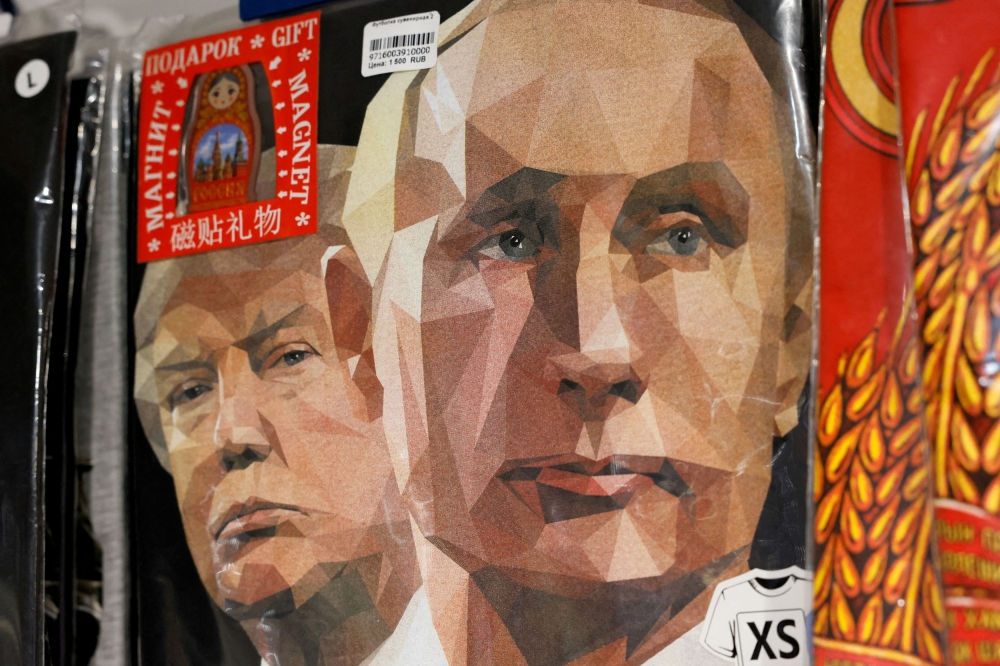AUGUST 14 — When Donald Trump meets Vladimir Putin in Alaska this August, expectations of a signed ceasefire agreement in the Russia–Ukraine war will likely prove misplaced. The obstacles are structural, not personal, and the political theatre of the summit cannot disguise the fact that the fundamental parties are not aligned — starting with the absence of Ukraine as a formal participant in the talks.
Without Kyiv’s direct involvement, no arrangement to transform roughly one-quarter of Ukraine’s eastern territories into a so-called “safe buffer zone” can hold.
This is not a neutral security measure; it is a geopolitical carve-out that Moscow might see as a fait accompli, but which Kyiv would treat as illegitimate.
The fact that more than half a million Russian soldiers have reportedly perished and large swathes of both occupied and unoccupied territory remain mined only complicates the picture.
Russia has no strategic interest in inheriting a wasteland, and Ukraine has no incentive to formalise losses under such dangerous conditions.
The NATO factor
Adding to the difficulty, NATO’s largest European powers — notably France and Germany — are not buying into the premise of a Putin-friendly peace. Their pledge to raise defence spending to 5% of GDP by 2035 signals long-term strategic resistance to Russian expansionism.
This is not 1938, and the political mood is the opposite of Munich’s ill-fated appeasement. Their military build-up reflects a collective decision to fortify Europe’s eastern flank, not to bargain away Ukrainian territory in the name of expediency.
This means even if Trump and Putin agree on a provisional framework, European resolve will act as a brake.
No NATO consensus will emerge behind an agreement that concedes strategic depth to Moscow without robust verification and enforcement measures.
Then there is Beijing.

T-shirts with images of Russian President Vladimir Putin and U.S. President Donald Trump are displayed for sale at a gift shop in central Moscow, Russia, August 12, 2025. — Reuters pic
China has already made clear it will not allow Russia to lose to the United States, and this is more than diplomatic rhetoric.
The statement aligns with Beijing’s broader grand strategy — a multipolar order in which a weakened Russia would tilt the global balance in Washington’s favour.
This strategic commitment emboldens Moscow, making it less likely to compromise in ways that would give the US or NATO a clear win.
As long as China’s economic and diplomatic umbrella remains open over Russia, Putin will calculate that time is on his side.
This makes any substantive concession in Alaska highly improbable.
The most likely outcome
In reality, the best Trump can hope for is an agreement to keep talking.
The East Asian Summit in Kuala Lumpur later this year could serve as the next venue for high-level dialogue.
While the EAS is not designed to address European conflicts, it gathers the US, Russia, China, and ASEAN under one roof — creating a multipolar stage where ongoing discussions can be framed as progress without the pressure of immediate resolution.
For Trump, this would still be a face-saving result.
He could present the Alaska meeting as a breakthrough in getting adversaries to engage directly, while leaving room for further negotiations in a setting that dilutes NATO’s centrality and includes Asian powers with vested interests in global stability.
Why there will be no ceasefire in Alaska
The absence of Ukraine, NATO’s hardening stance, and China’s strategic alignment with Russia form a triangular blockade to any rapid deal. These are not conditions that yield an enforceable ceasefire. At most, Alaska will produce another handshake moment and a promise to meet again — a symbolic gesture, not a settlement.
The war will continue, the battle lines will remain, and the mines will still be in the ground. Trump may leave Alaska with headlines, but not with peace.
* Phar Kim Beng is a professor of Asean Studies and Director of the Institute of Internationalization and Asean Studies at the International Islamic University of Malaysia.
** This is the personal opinion of the writer or publication and does not necessarily represent the views of Malay Mail.






